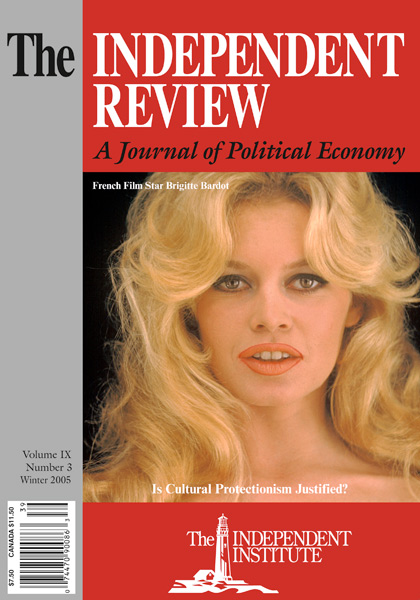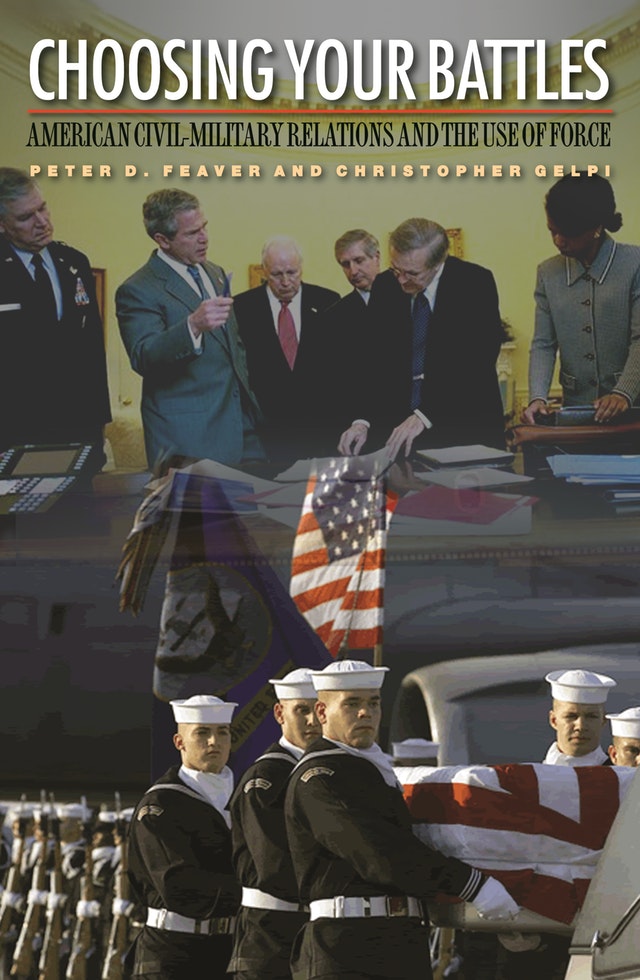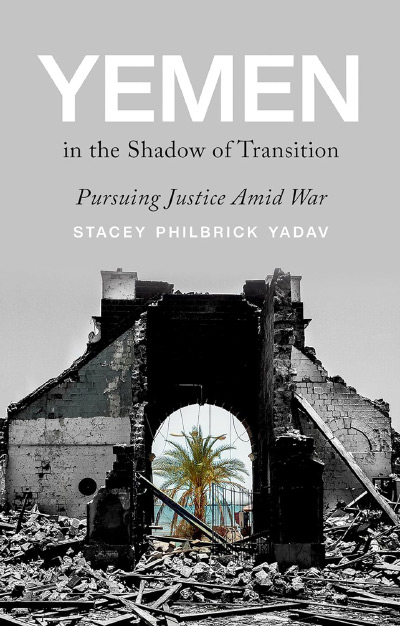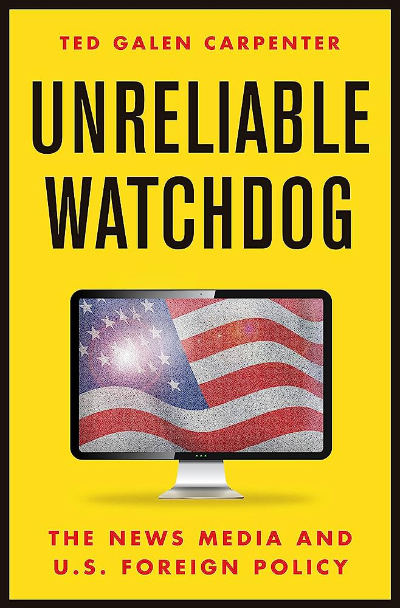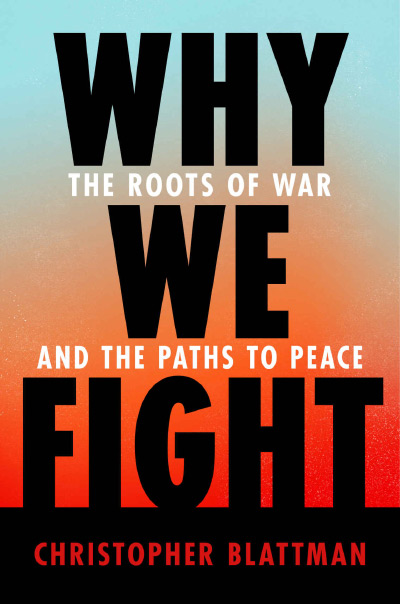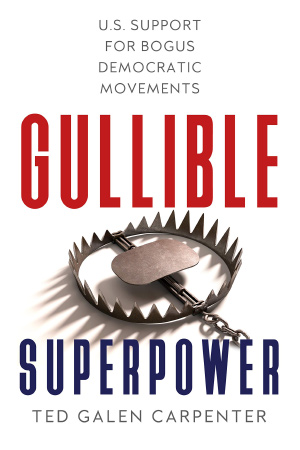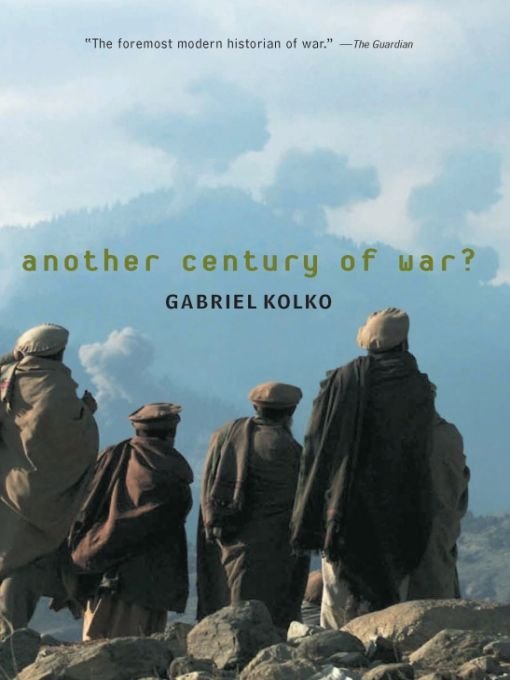Choosing Your Battles is an important but not completely persuasive book. Peter Feaver and Christopher Gelpi, political scientists who teach at Duke University, have produced an empirically grounded, rigorously argued, generally nuanced, and occasionally repetitive monograph in which they examine “how civil-military relations affect decisions on the use of force” (p. 12). More specifically, they fix their sights on two issues that loomed large during the first decade after the Cold War in discussions of U.S. civil-military relations. First, they explore the ostensible differences in civilian and military attitudes with regard to when and how the United States should intervene. Second, they set out to demolish the notion of casualty phobia—the allegation that ever since the Vietnam War the mere glimpse of a body bag causes the American public to go limp.
For evidence, the authors draw in large part, although not exclusively, on survey data that the Triangle Institute for Security Studies collected during 1998–99. In essence, the present study is a by-product of the Triangle Institute’s watershed project on post–Cold War U.S. civil-military relations and stands as further testimony to that project’s remarkable importance—it just keeps on giving. Let the reader beware: Choosing Your Battles, with its bewildering array of charts, tables, and variables of many stripes and colors, is not for the statistically challenged.
The authors’ key findings, stated here without the penumbra of caveats and qualifications found in the text, are three in number.
First, civilians without military experience are more willing than soldiers to favor the use of force. Furthermore, this gap between civilian and military willingness to intervene becomes especially stark when the issue at hand does not relate directly to vital national interests. In this regard, the authors find that the typecasting of “promiscuous civilians and reluctant warriors” (p. 3) has considerable merit. Moreover, hawkish civilians, having made the decision to intervene, are more willing than military officers to impose limits on the actual use of force. When actually called on to fight, otherwise dovish soldiers prefer going all-out to win as quickly as possible.
Second, “veteran opinion corresponds with military opinion” (p. 6). The gap in attitudes with regard to the use of force is not between those currently in uniform and those currently in mufti. Rather, it is between those possessing military experience of any kind and those lacking military experience altogether. As a consequence, Feaver and Gelpi write, “If veteran representation in the political elite continues to decline, we can expect American involvement in many more Kosovos, Haitis, and Rwandas to come” (p. 94). Conversely, one possible antidote to U.S. hyperinterventionism is to seed the government with more people who actually know something about war and military service. Having more veterans in the Congress or in the upper echelons of the executive branch decreases the propensity to intervene. At the same time, on those occasions when a veteran-laden government does decide to intervene, it will (like soldiers themselves) opt for overwhelming force. In short, “elite civilians with military experience behave like ‘Colin Powells’ and elite civilian nonveterans are like ‘Madeleine Albrights’” (p. 93).
Third, the notion “that the U.S. public is especially casualty phobic,” an idea to which political elites succumbed in the 1990s, is in fact simply “a myth” (p. 7). Americans do not cut and run at the first sight of blood and the first report of loss. Rather than the loss of soldiers’ lives souring public opinion on any particular military enterprise, it is the perception that something other than victory is in the offing. The American people turn against a war when the commander in chief can no longer advance a persuasive case that the war is being won. Bluntly, “The public is defeat phobic, not casualty phobic” (p. 97).
The authors are eager to deflate this myth of casualty aversion because they view the myth itself as a positive danger. It limits American freedom of action. It constrains policymakers from doing what needs to be done. The authors write that by concocting and then indulging this myth, “The United States is tying its own hands and thereby making it more difficult to exercise its global leadership role responsibly” (p. 210).
In trying to release the United States from its self-imposed handcuffs, however, Feaver and Gelpi are at their least persuasive. In part, this shortcoming in their argument springs from its reliance on a tendentious reading of how and why public support dwindled during the wars in Korea and Vietnam and during the microcampaign in Somalia in 1992 and 1993.
With regard to Somalia, for example, the conventional view maintains that the famous firefight in Mogadishu in October 1993, with the loss of eighteen U.S. rangers, caused public support for the intervention to collapse and left President Bill Clinton with little choice but to pull the troops out. Not so, argue Feaver and Gelpi: public “support did not drastically drop following the October 3 battle in Mogadishu” (p. 134). Yet their own data show that whereas 43 percent of those polled in September 1993 backed the mission, after the firefight that figure dwindled to 36 percent. To argue that a 7 percentage point drop in a single month did not qualify as “drastic,” the authors emphasize that well before the Mogadishu debacle, public enthusiasm for the operation had already begun to tail off. Of course, also well before that incident, U.S. troops were being shot and killed in Somalia, events that arguably contributed to the decline in popular support for the mission.
Despite their claims, the authors do not demolish the conventional wisdom so much as they amend it; indeed, they amend it in ways that illuminate any president’s predicament in trying to generate support for a war policy. With regard to military intervention, they describe public opinion as divided into four segments. The first segment consists of die-hard hawks who will support any intervention and will stick with the president and the troops through thick and thin. The second segment consists of the die-hard doves who will not support any intervention in any circumstances. Neither of these groups constitutes a majority.
Between these extremes, two other groups hold the balance. One (containing as much as 20 percent of the total) consists of casualty-averse sunshine patriots who may be willing to support intervention but only so long as it remains essentially free of casualties and costs. The remaining group (15–40 percent of the whole) consists of a different set of sunshine patriots, less inclined to give up hope because of casualties alone, but quick to do so if they begin to sense that the final outcome will fall short of victory. Maintaining solid public support for interventionist policies requires keeping both of these groups in the pro-war column.
Do the authors succeed in giving the lie to “the Cassandras in the arm-chair strategist community” (p. 5) who promoted the idea of casualty aversion? No, they confirm the existence of that aversion, while arguing convincingly that the phenomenon may now be somewhat less pervasive than it appeared to be during the 1990s. Do presidents currently have an easier time of selling the American people on war? No. The task may be even more difficult, given the varied expectations of the citizens who defy easy classification as either pro-war or antiwar.
Does any of this matter now, in the aftermath of 9/11? Do data collected well before the onset of the global war on terrorism retain any explanatory value? Yes, insist the authors. Moreover, they see confirmation of their analysis in the pattern of public support for the U.S. interventions in Afghanistan and Iraq.
Arm-chair strategists given to Cassandra-like leanings may reply: not so fast. As this review is written, in June 2004, with U.S. forces having suffered fewer than one thousand deaths in Iraq, public support for the war shows signs of going wobbly, and at least one poll (reported in the Washington Post on June 22) finds that seven of ten Americans surveyed assess the level of casualties as “unacceptable”—this in a conflict that President George W. Bush has declared to be the central front in a global struggle comparable in scope and importance to the world wars of the previous century. Has public opinion held up longer than it did in Somalia? To be sure. But that persistence proves little because Iraq in 2004 is not Somalia in 1993. A comparison with public opinion a year or so into World War II might tell a different and more revealing story.
Casualty aversion a myth? Let us wait a while longer before we decide.

